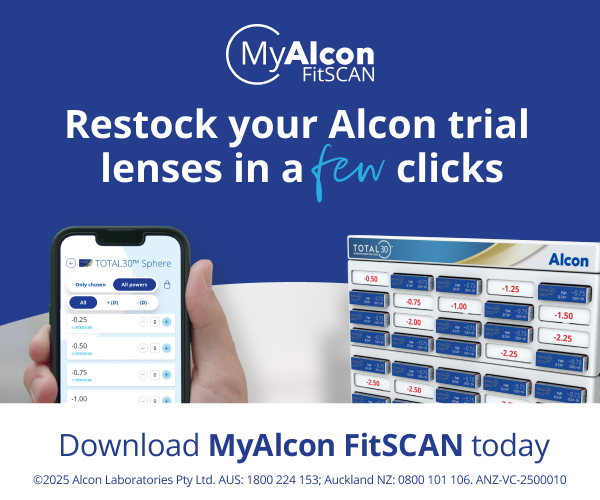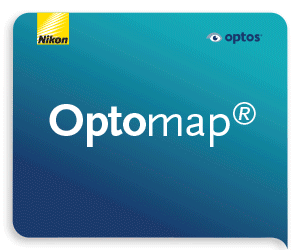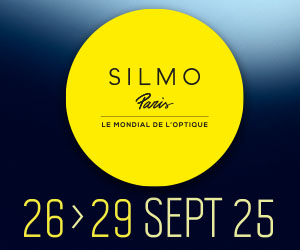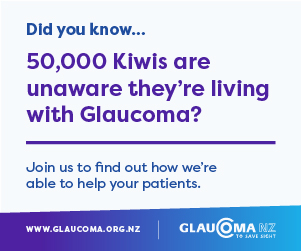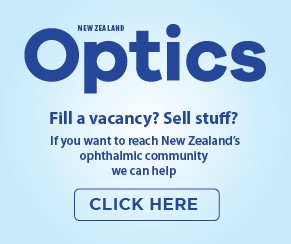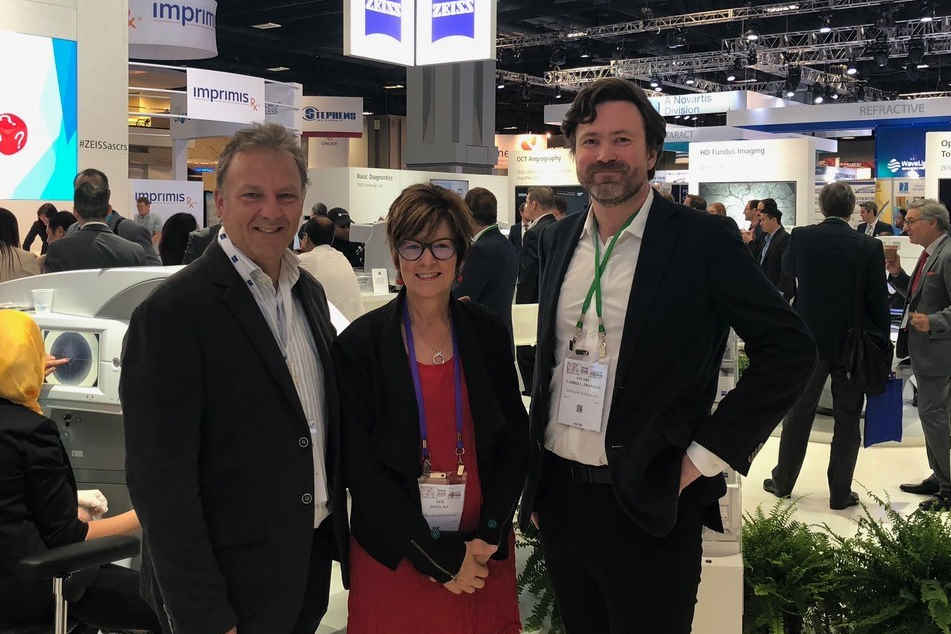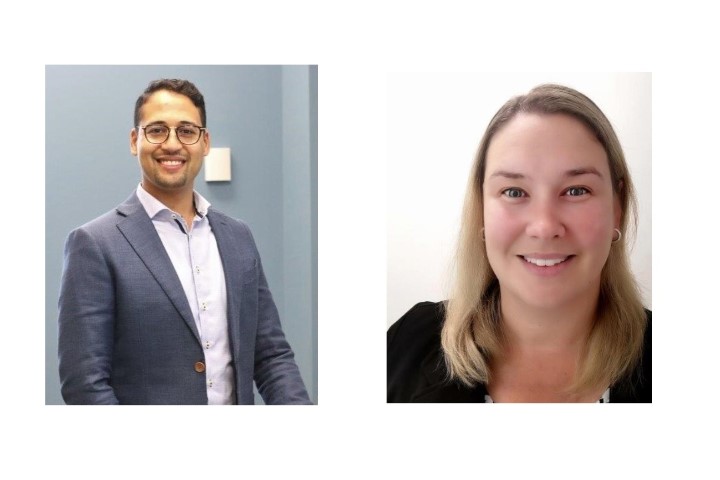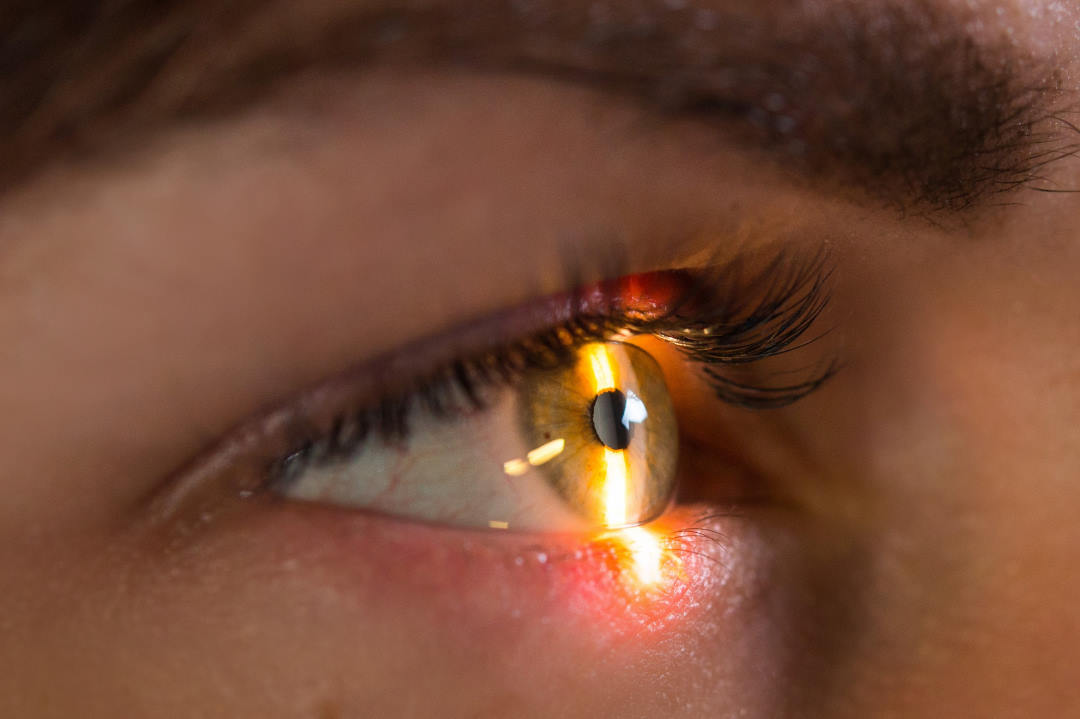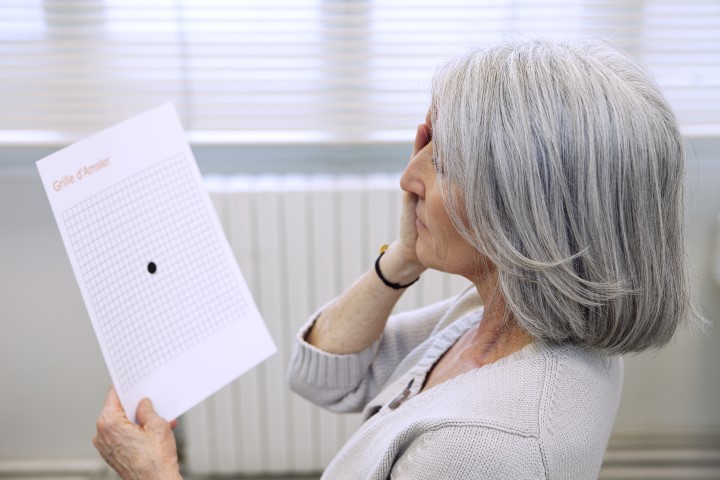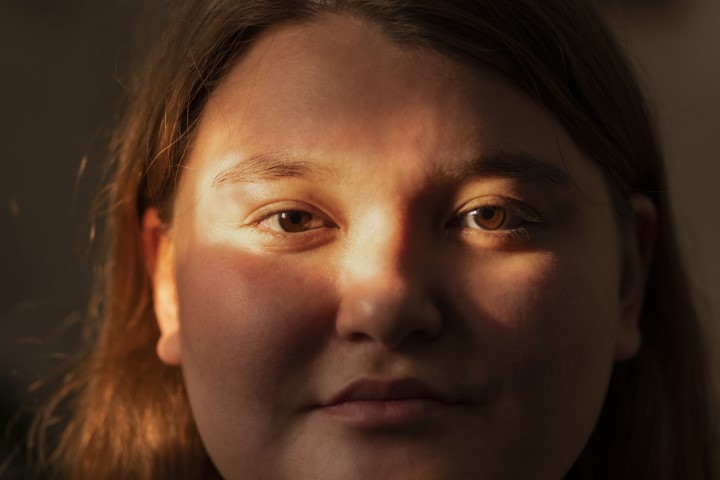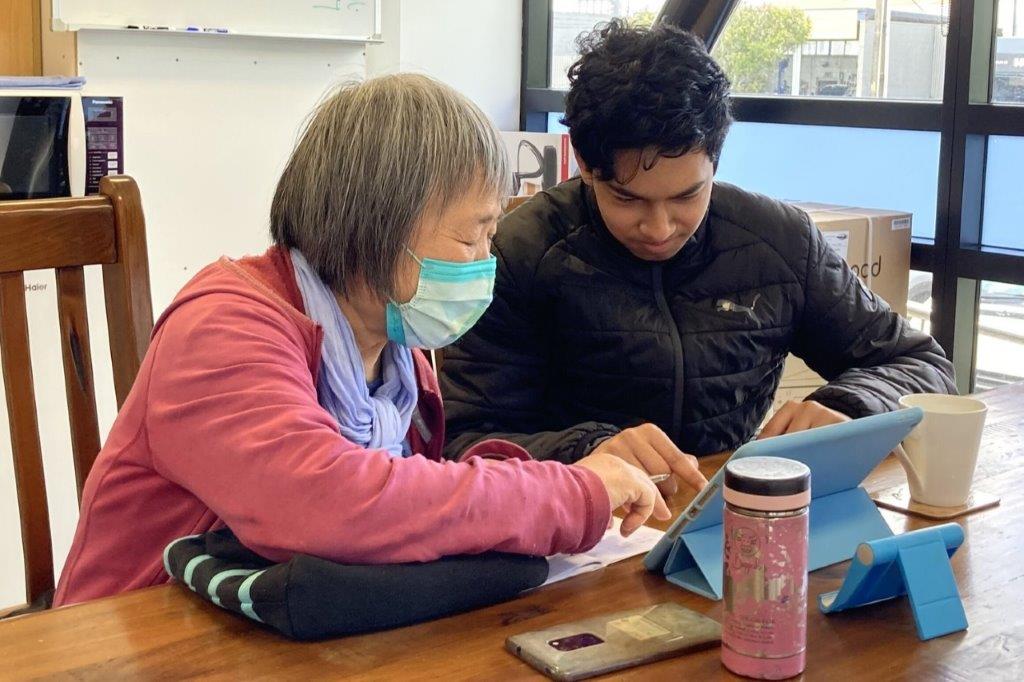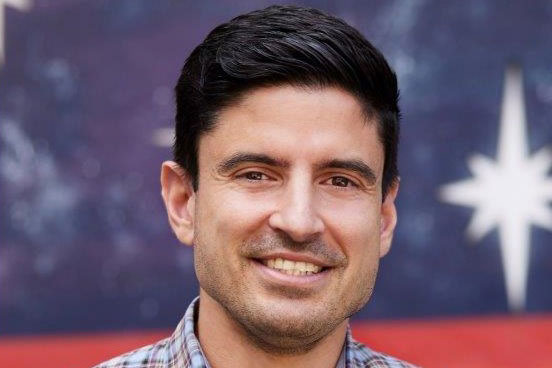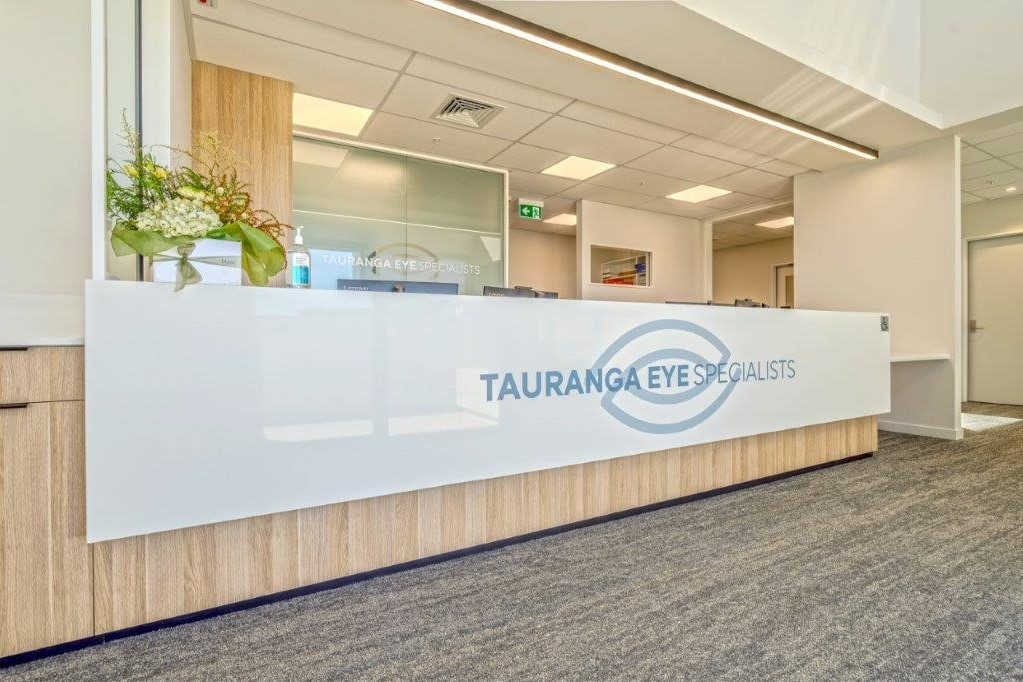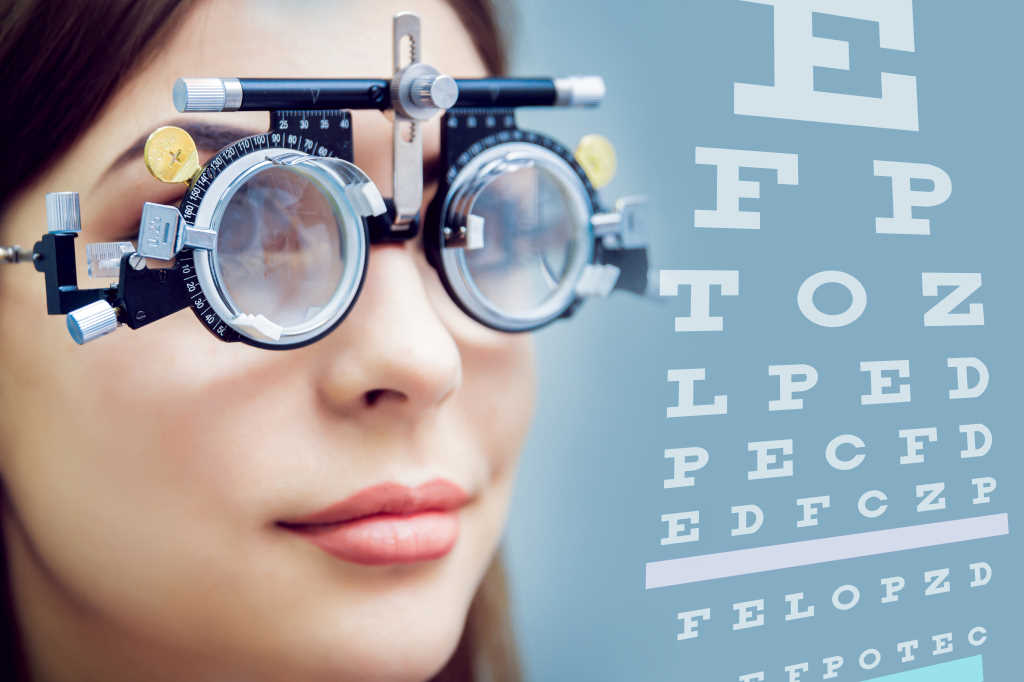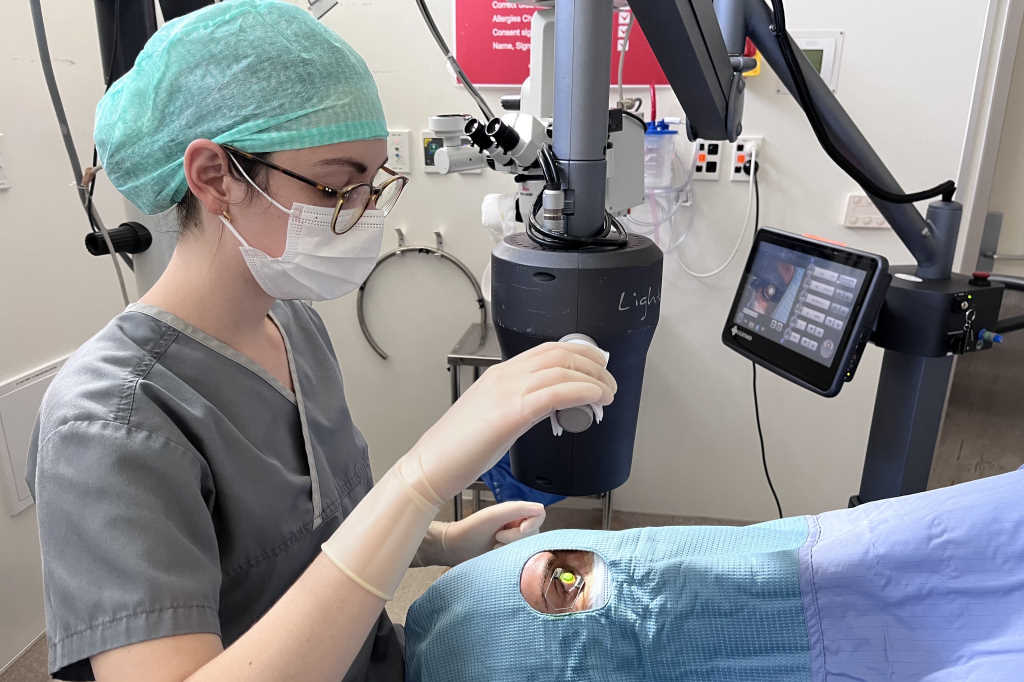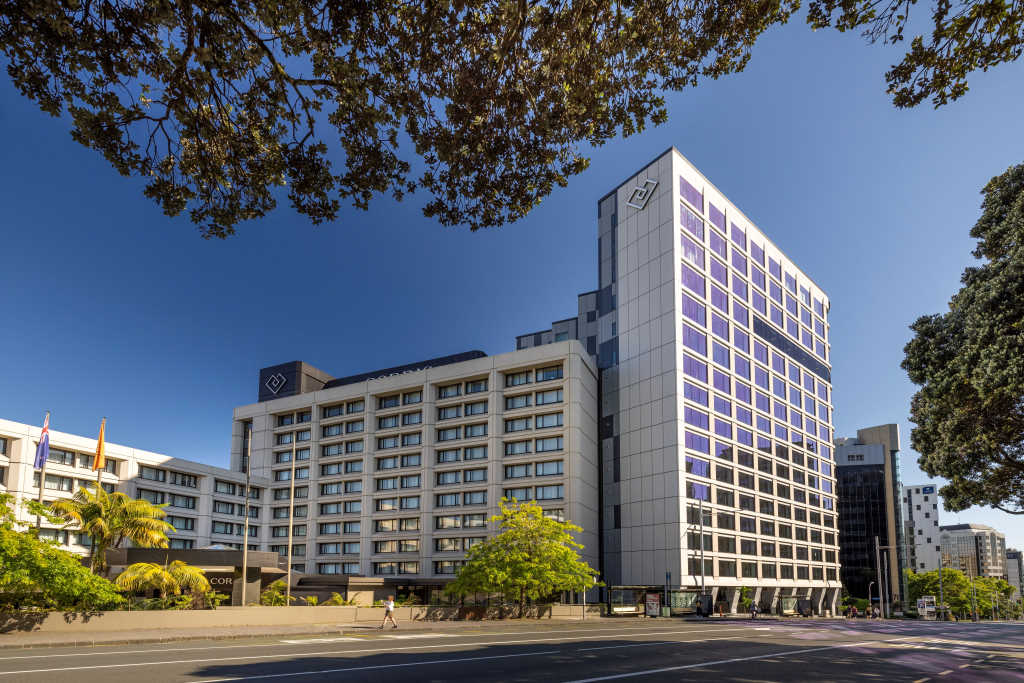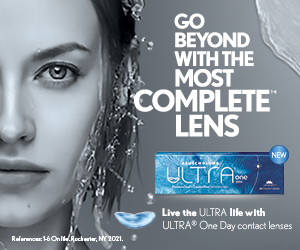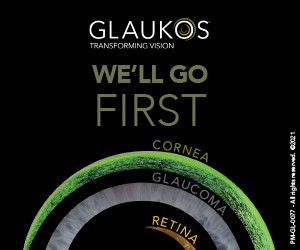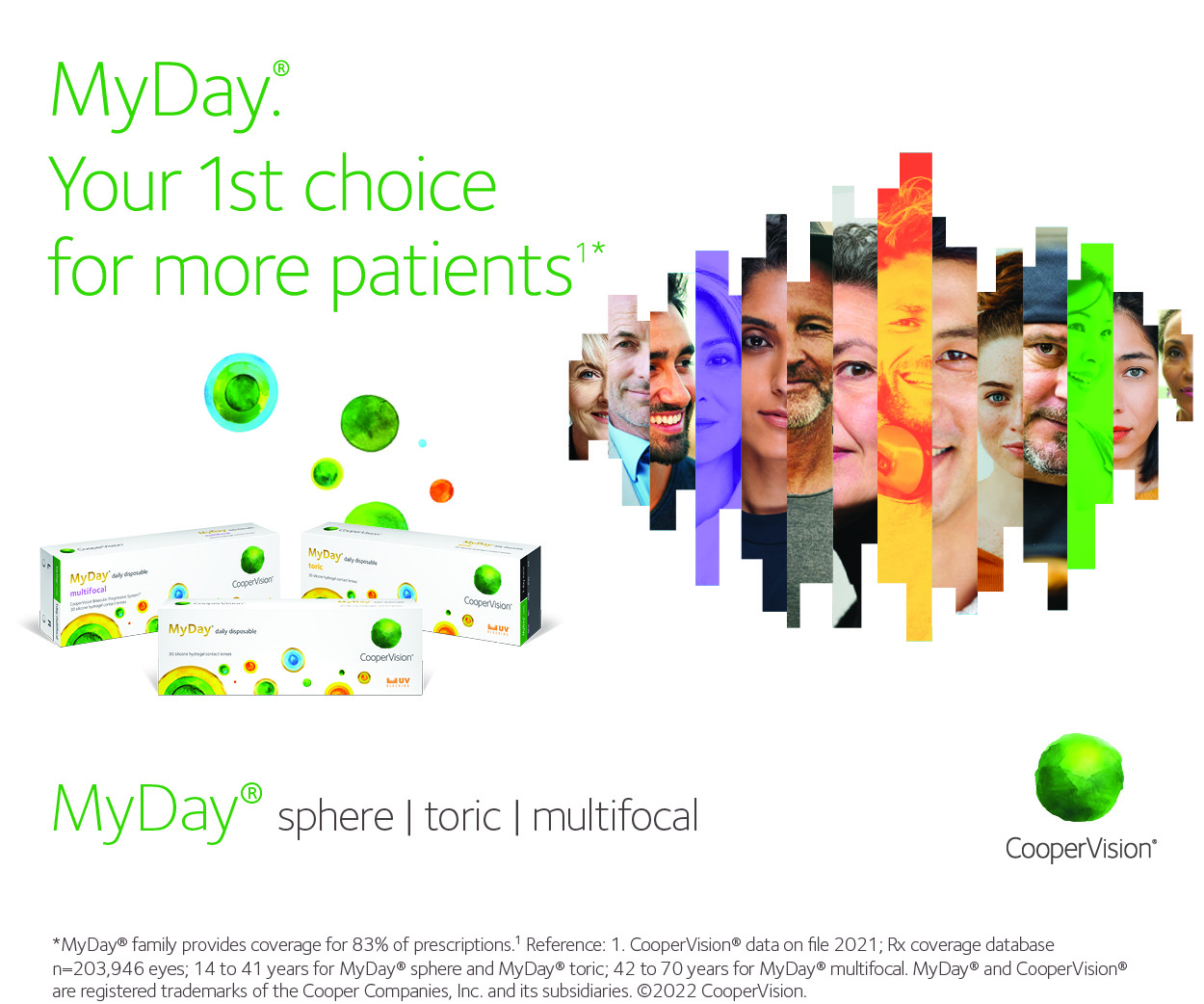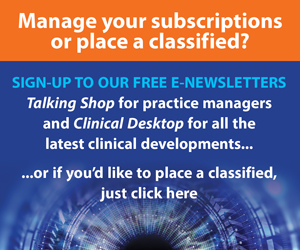ASCRS: “Blooming good”
This year’s combined American Society of Cataract and Refractive Surgery (ASCRS) and American Society of Ophthalmic Administrators (ASOA) meeting was held from 13-17 April in the US capital, Washington DC.
We arrived to a city humming with activity, full to the brim with hundreds of thousands of tourists, attracted as much to the capital as to the many cherry blossom trees, planted across the city, in bloom at this lovely time of year. Washington DC is a fabulous city filled with iconic museums, galleries and monuments. The stunning warm weather on the first few days of our visit allowed us to freely explore some of the city’s attractions (though I didn’t catch a glimpse of the capital’s most current attraction, Trump).
We were welcomed by our Airbnb host who, despite our arrival time of around 2.30am, put on a charming and welcoming face for us, showing us into and around her beautiful apartment in the lovely Adams Morgan area. An energising 30-minute walk from the downtown ASCRS conference venue, this is a culturally diverse neighbourhood filled with plenty of great spots to explore, and provided some respite from the throngs that flooded into DC’s centre for the conference, tourism and the national cherry blossom festival.
ASCRS was, as one might expect, a huge conference with all of the hallmarks of a big American meeting. The industry hall was massive and teeming with the latest technologies being demonstrated at every opportunity. From all over the world, companies big and small presented a range of devices, medications and other new things, with a large emphasis on minimally invasive glaucoma surgery (MIGS), cataract and refractive technologies. The bigger exhibitors proudly showed off their tech with presentations from well-known “celebrity” ophthalmologists.
One of the great difficulties with meetings as large as this, however, is deciding what not to attend, the 151-page programme being as overwhelming as you might expect. There are at least a dozen concurrent symposia at any one time, ranging from instructional courses and scientific paper sessions to clinical case conundrums with expert panels and practice management sessions. Fortunately, it was hard to choose poorly as the quality of sessions I attended were universally superb.
Following the opening session on the Saturday, the 2018 Binkhorst Lecture was delivered by Dr Oliver Findl (Vienna), who questioned the concept that we may be approaching ‘the ceiling’ for biometric accuracy, particularly with regard to accurate assessment of the anterior and posterior toricity of the cornea. Interestingly, he proposed that the tilt of the crystalline lens and capsular bag, not currently assessed with current biometric techniques, may be a new frontier to improve outcomes.
Common topics over the five days included extended depth of focus (EDOF) intraocular lenses (IOLs), MIGS devices and SMILE. EDOF IOLs have been available in New Zealand for some time now and seem to be gaining traction as a very popular choice for presbyopia correction in the USA. MIGS devices were an understandably hot topic and, while laser vision correction in the US is still dominated by LASIK, SMILE is gaining popularity and market share in the US with many premium providers now offering it.
Jeff Degraff, author of The Innovation Code and advisor to many Fortune 500 companies, provided a wonderfully engaging lecture on how to harness the creative power of constructive conflict in what, he terms, the Competing Values Framework – recognised by the Financial Times as one of the most important frameworks in the history of business and used by thousands of organisations worldwide.
One of the most enjoyable sessions, a spectacle called The Voice in the main ballroom, drew huge numbers. It took the form of a game show, complete with large buzzers, huge backdrops and rotating chairs - the perfect example of American extravagance and a demonstration of the huge amount of time and effort that goes into making these meetings entertaining as well as informative. In The Voice session, controversial topics like FLACS is dead; Presbyopia correcting IOLs will dominate the marketplace; Surgical management of glaucoma will replace medical management; and the promise of “Dropless cataract surgery” were hotly debated by icons in ophthalmology.One of the more exciting possibilities I came across, was presented in the Meet the Innovators session – the technique of adjusting any IOL with a femtosecond laser. Although light-adjustable IOLs have received some attention over the last few years, the latest femtosecond laser technology may allow the precise adjustment (and readjustment) of the power, astigmatism and optics of any existing IOL. For example, producing a multifocal lens from a monofocal, then reverting it back to a monofocal optic if required. Animal studies have established safety and proof of concept. What a time to be alive!
Some of the ASOA programme was equally interesting. Apart from the usual practice management topics one might expect, a new trend in the US is private equity acquisition of practices. Whilst attractive to retiring practitioners, this model - like physician practice management companies (PPMCs) which previously failed in the ‘90s - has had a resurgence, with many now questioning its merit and longevity. Needless to say, times are achanging.
Overall the meeting was a resounding success and no doubt the next ASCRS/ASOA meeting in San Diego in May 2019 will be equally informative and fun.
About the author
Dr Stuart Carroll is a consultant ophthalmologist at Greenlane Clinical Centre and Auckland Eye with specialist knowledge in cataract and refractive surgery, strabismus and paediatric ophthalmology.





